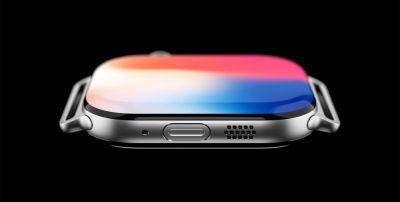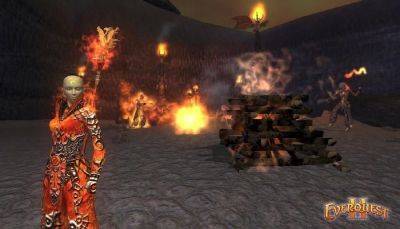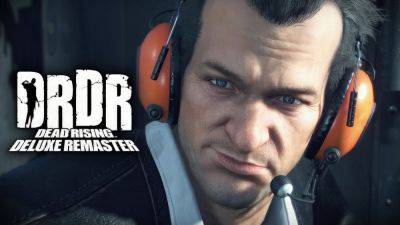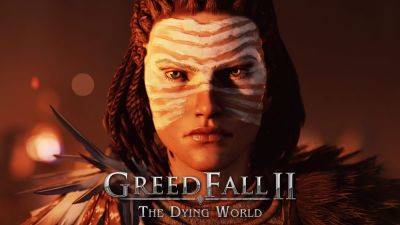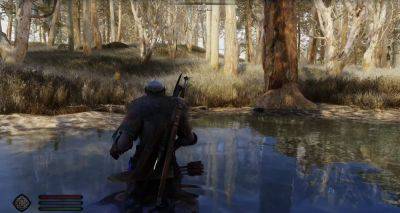Mad with power, researcher and Minecraft fan creates a way to voxelize the whole world
A researcher has built a pipeline of tools to turn one of Google Maps' 3D tiles into a world of voxels in Minecraft, with the result being a surprisingly good looking and just deeply impressive process that spits out voxelized versions of the earth. Created by graduate student Ryan Hardesty Lewis at Cornell Tech in New York, the Voxel Earth technique spits out voxels that can be exported to Minecraft, a browser, or whatever it is you want to see a bit of voxelized Earth.
«The pipeline we developed starts with Google’s high-resolution 3D Tiles, which are then decomposed into voxels, assigned colors and textures, and exported,» Lewis told SIGGRAPH. «We use an algorithm to assign color and material properties based on the original photogrammetry data, which makes the world vastly more recognizable, rather than being a little more than colorless blocks in town-like shapes.»
That's the basics, which seems fairly straightforward, right? Match colors, make voxels. It's the next part that makes it impressive—to me, at least.
«We also design an [machine learning] algorithm that then maps these voxels to Minecraft blocks, all the while preserving the environmental context and functionality within the game,» said Lewis. «For example, water blocks signifying a river might normally be just blue voxels, but we can do things like recognize the elevation and extent to say it is a river or ocean, and replace it with a water block instead in a Minecraft representation.»
Lewis says he hopes it can be used by educators to turn maps into dynamic lessons in fields like geography, environmental science, and urban planning. He's also sure that gamers will enjoy using it to play around with real-world locations.
Lewis will present a paper about his technique at the upcoming SIGGRAPH conference, a specialist computing group dedicated to the study of computer graphics. PC Gamer has previously covered some wondrous graphics and simulation innovations out of SIGGRAPH—like the eye-popping glory



